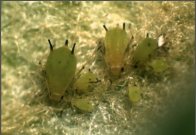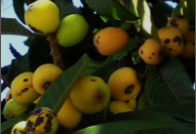Golden Yellow: Medium sized fruits, yellow color flesh, 4-5 seeds, variety matures in Mid-March.
Improved Golden Yellow: Medium sized fruits which are oval to pyriform in shape. Pulp is medium thick which is pale orange in color and is smooth and soft. The fruit is mild in taste having few seeds and contains 10.5% TSS content.
Thames Pride: Fruits are medium in size which are pyriform in shape and is marble in color. The pulp is pale orange in color which is slightly granular and mild in taste. The fruits are moderately seeded.
Pale Yellow: Large sized fruits, white flesh, sour in taste, 3-4 large seeds, ripens in end-March.
California Advance: Medium sized fruits, cream color flesh, sour in taste, 2-3 large seeds, ripens in mid-April.
Large Agra: Medium sized fruits, which are oblong to ovate in shape. The pulp is medium thick and pale orange in color. The fruits are smooth and firm and are pleasant in taste.
Improved Pale Yellow: Flesh is pale-orange to cream in color which is soft and smooth. It has a pleasant flavor and the seeds are medium in number. It is a mid-season sowing variety.
Golden Red: The flesh is pale orange in color. The fruit is medium thick and soft. The fruits contain medium sized seeds.
Matchless: Pulp is medium in size which is orange in color. It has pleasant taste and the fruits contain few seeds.
California Advance: Fruits are medium in size, oblong to pyriform in shape and is pale yellow in color. Pulp is thick and creamy white in color, smooth and is excellent in taste.
Tanaka: Fruits are small in size which is orange in color. Pulp is medium yellow in color and has pleasant taste.
Other state varieties:
Early varieties: Large Round.
Mid-season varieties: Mammoth, Safeda, Fire Ball.










